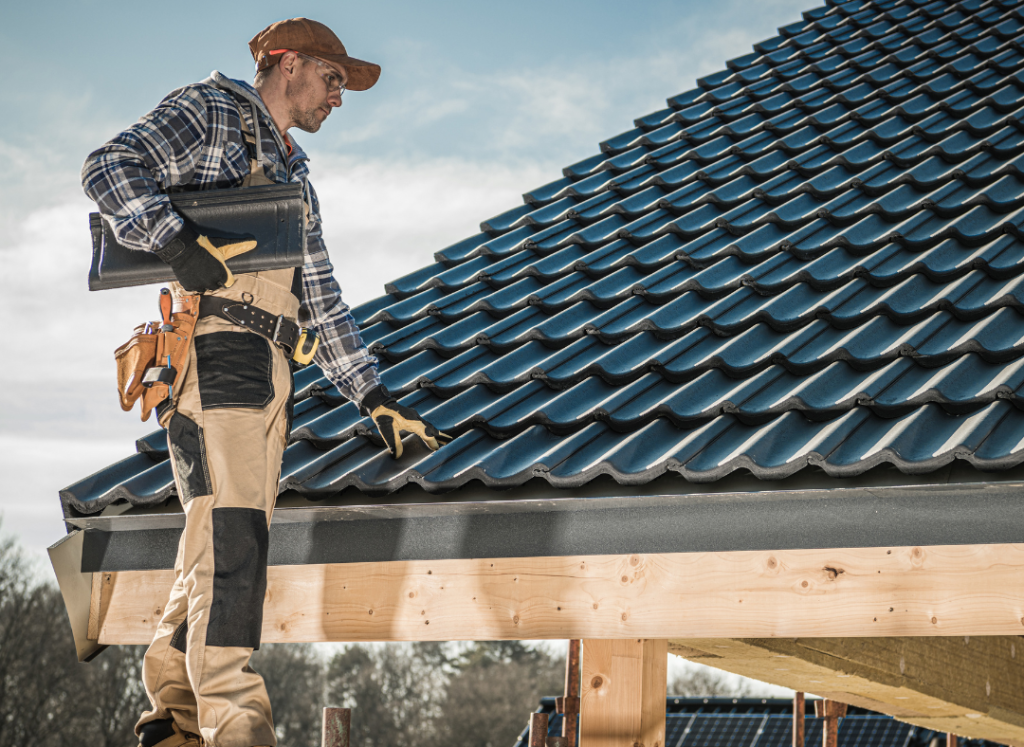Replacing a roof is a major investment, but it’s also one of the most important upgrades you can make to your home. Knowing when it’s time to replace your roof can save you from ongoing repair costs, water damage, and energy inefficiency. In this blog, we’ll break down the signs that it’s time for a roof replacement, what the process involves, and how to make smart decisions about materials and contractors.
Signs You Need a Roof Replacement
Age of Roof: Most asphalt shingle roofs last around 20-25 years. If your roof is approaching that age, it may be time to start planning.
Widespread Damage: If you’re seeing missing shingles, large patches of wear, or extensive granule loss, repairs may not be enough.
Recurring Leaks: Ongoing water intrusion despite multiple repairs can be a sign the roof system has failed.
Sagging or Soft Spots: These can indicate structural issues or prolonged water damage that’s beyond repair.
Increased Energy Bills: Poor insulation from an aging roof can drive up heating and cooling costs.
Benefits of a New Roof
Improved Energy Efficiency: Newer roofing systems offer better insulation and ventilation.
Increased Home Value: A new roof adds curb appeal and is attractive to potential buyers.
Peace of Mind: You won’t have to worry about leaks, drafts, or emergency repairs for years.
Choosing Roofing Materials
Asphalt Shingles: Affordable and widely used.
Metal Roofing: Durable, energy-efficient, and long-lasting.
Tile or Slate: Premium look with exceptional durability.
Synthetic Options: Designed to mimic other materials but with added benefits like lower weight.
The Roof Replacement Process
Inspection and Consultation: Assess the existing roof and discuss options.
Material Selection: Choose the best materials for your needs and budget.
Tear-Off and Prep: Remove old roofing materials and prepare the surface.
Installation: Install new underlayment, flashing, and roofing.
Cleanup and Final Check: Ensure everything is sealed, secure, and clean.
Timeline and Costs
Most roof replacements take 1–3 days, depending on the size and weather. Costs vary based on materials, complexity, and labor, but investing in quality pays off long-term.
Conclusion
A new roof isn’t just a home improvement—it’s a major upgrade in comfort, safety, and value. If your current roof is aging or failing, replacement might be the smartest step forward. Consult a roofing expert to evaluate your options and find the right solution for your home.

